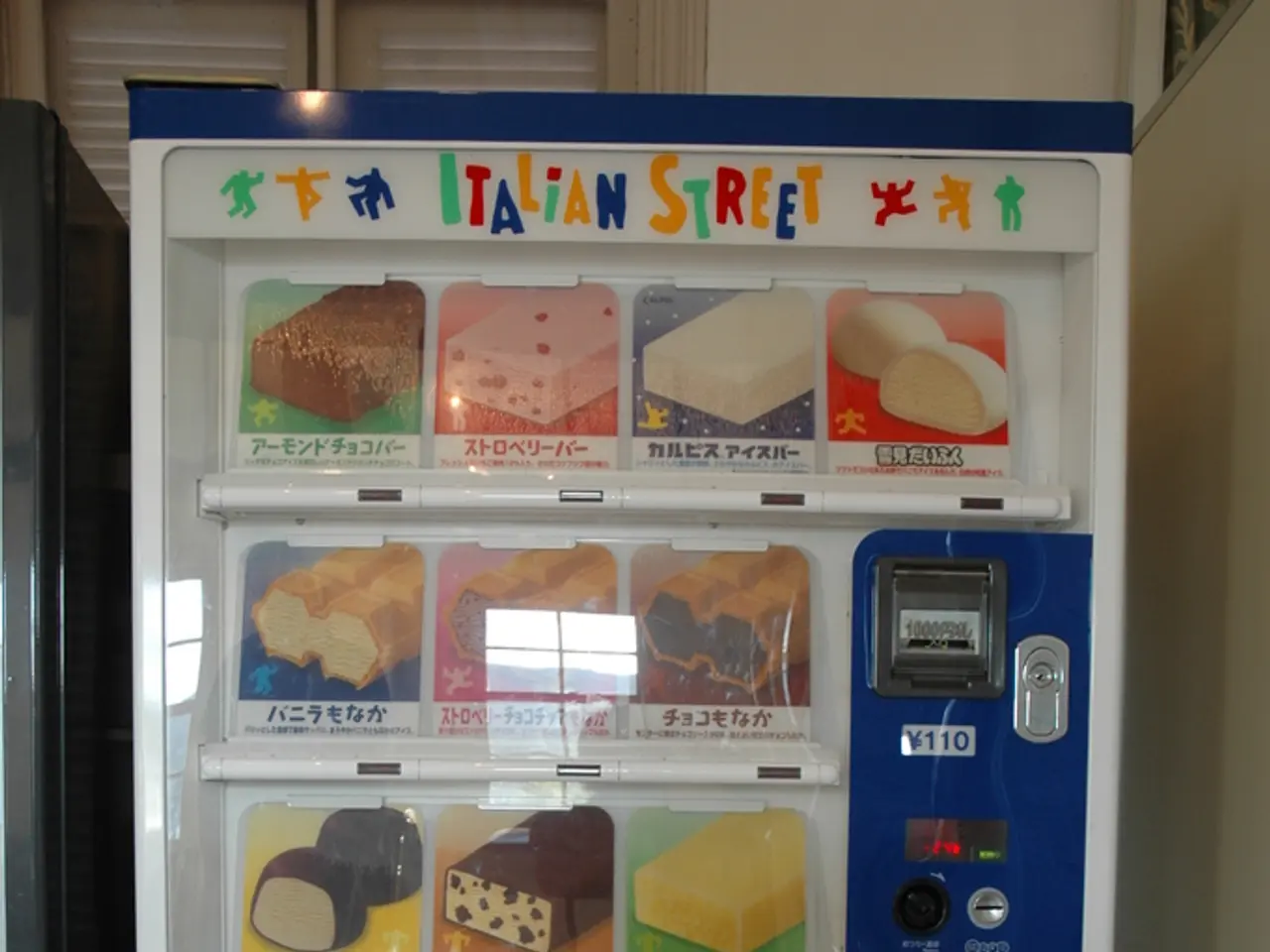Digital currency transactions surge in intensity during the year 2024, focusing on stablecoins.
In the ever-evolving landscape of financial technology, the burgeoning technology of stablecoins is attracting significant interest from payment players as they aim to carve out a slice of this promising market. This shift is particularly noticeable in the cross-border payments sector, where traditional methods often face challenges such as high costs, slow settlement times, and elevated foreign exchange risks.
One company leading the charge is Xoom, which, along with its partners, facilitates money transfers to countries that are some of the biggest receivers of remittances worldwide. Their efforts are echoed by several Japanese banks, including MUFG, SMBC, and Mizuho, who are reportedly joining a pilot for Project Pax, a cross-border transfer platform using stablecoins.
Project Pax aims to replace correspondent banking networks with stablecoins, promising faster, less costly, and more secure transactions. Societe Generale is another major player in this space, having announced its intention to launch its stablecoin EURCV on the XRP ledger, and already having launched it on the Ethereum and Solana blockchains.
The investment in stablecoin-based cross-border payments is being closely watched to see if it pays off. Stripe, for instance, has integrated a new stablecoin payment platform launched by blockchain firm Paxos, and the infrastructure will be added to Stripe's Pay with Crypto product, allowing users to accept stablecoins and convert them into fiat currencies.
PayPal is also getting in on the action, allowing disbursement partners to use its stablecoin, PayPal USD (PYUSD), for cross-border money transfers through Xoom. This move is expected to provide faster and less costly transfers to regions across APAC and Africa.
As the use of stablecoins in cross-border payments grows, it's crucial for businesses to develop a strategic approach. This involves understanding market size and growth trends, leveraging emerging technologies like stablecoins and tokenized bank liabilities, factoring in cost, speed, and risk data, using data to identify key payment corridors and customer segments, and integrating with existing banking systems and regulatory frameworks.
By grounding their strategy in comprehensive market data and emerging technology trends—especially stablecoins and tokenized assets—companies can build a future-proof, competitive cross-border payments solution that meets business and consumer demands for speed, security, and cost efficiency. The markets in APAC and Africa, which have been a focus for tech driving financial inclusion, contain countries that are some of the biggest receivers of remittances worldwide, making them prime targets for these innovative solutions.
However, it's important to note that regulatory scrutiny, particularly in the US, is intense in the stablecoin space in payments. Industry groups like ISDA and Ant International emphasize the need for universal standards and frameworks to enable wide-scale adoption and trust in new payment rails. By staying abreast of these developments and adhering to these standards, businesses can navigate the complex regulatory landscape and continue to innovate in the cross-border payments sector.
In conclusion, the rise of stablecoins in cross-border payments represents a significant shift in the financial technology landscape. By understanding market trends, leveraging emerging technologies, and navigating regulatory challenges, businesses can capitalize on this opportunity and provide faster, less costly, and more secure cross-border payment solutions to their customers.
[1] Cross-border payments market size, growth, and trends report (2022) [2] Tokenization and stablecoins in cross-border payments whitepaper (2022) [3] The cost and time-to-settlement of cross-border payments report (2022) [4] Cross-border payment corridors and customer segments report (2022)
The cross-border payments sector is witnessing a wave of innovation with the increasing adoption of stablecoins, such as Project Pax and PayPal USD (PYUSD), aiming to provide faster and more cost-effective transactions. Furthermore, financial institutions are exploring the use of stablecoins to circumvent challenges posed by traditional methods, including high costs, slow settlement times, and elevated foreign exchange risks. [1][2][3][4]




